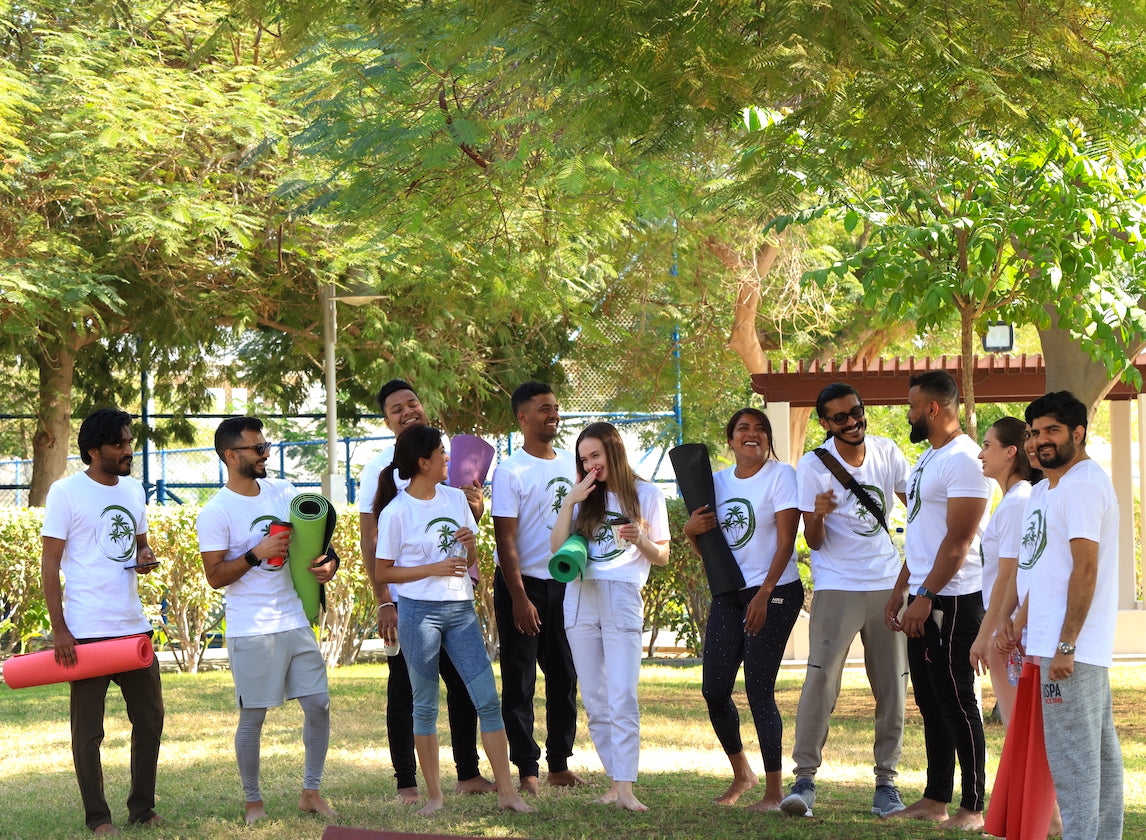Yoga is the union of the mind, body, and the outside world. But what does it mean? And, how can you put it into practice?
To begin with, you should know that yoga is a discipline that'll strengthen your mind, in addition to strengthening your body. It'll improve your physical condition, relax your mind, improve your health, and help relieve stress. As a beginner, you may think that the hardest part is getting started, but below you'll find everything you need to know to start on this amazing and exhilarating journey.
What type of yoga should I choose?
This is one of the first questions you should ask yourself because there are several types of yoga. Each person's preference differs and that also applies to the needs of each individual.
One of the first things yoga'll teach you is to listen to your body, and that's what you have to do to find the perfect type of yoga for you. To do this, you must consciously listen to yourself, evaluate your needs and your psychological and physiological possibilities.
You must also know the different types of yoga that exist, and which is the right one for you.
These are just a few examples of the types of yoga you can practice. But remember, it's important that you enjoy the practice you choose. That's why, we offer you authentic yoga – no frills, no fluff – with certified gurus from Rishikesh, the birthplace of yoga.
How long and how often should I practice yoga?
Yoga, an ancient practice, has become increasingly popular among people who find it a retreat from their busy, chaotic lives. The goal during yoga practice is to challenge yourself physically, but not to the extent of feeling overwhelmed. If you've never practised yoga before, you can start with two or three times a week, with a 20- or 30-minute routine. Do it every other day so that you have time to rest, and your body adapts to the new exercise.
If you're looking to create a training habit, you can also start with a 10- or 15-minute wake-up routine to see how you feel, and start the day off on the right foot. Once you start, you'll realise that it's good for your body, and you'll want to keep practising. That is when you can increase the frequency and duration. Ohmayoga is a Yoga Alliance-registered yoga academy that guides students on how to start, maintain, and advance their yoga practice. It also offers online yoga teacher training courses.
What do I need to do yoga?
Besides desire and commitment, what do you need to start doing yoga? Although yoga is very popular nowadays, and therefore, more and more commercial, the truth is that you don't need much to start.
One of the essentials is, of course, the classic yoga mat. A mat with a thickness of 3 mm or 4 mm will be sufficient to isolate you from the floor. While you may think that a thicker mat will be more comfortable, it's really the thinner mat that'll help you gain stability in balancing postures.
In terms of clothing, the main, and most important, thing is to be comfortable and have freedom of movement. Traditionally, loose-fitting pants and t-shirts in cool, light fabrics have been worn to ensure comfort. Nowadays, it's more common to wear body-fitting, breathable, lycra garments. Although we'd call it fashion, this type of clothing makes it easier for instructors to correct postures. In the end, it comes down to you and your comfort level.
As for footwear, your feet will do the work. Generally, yoga is practised barefeet to ensure a good grip on the mat. If you prefer to wear socks, look for non-slip ones to avoid slipping during your workout.
There are many accessories that can make yoga training easier, but you should know that these aren't essential. Although they aren't absolutely necessary, some can help you with certain postures, such as straps, blocks, or the yoga wheel. However, you don't need them to start. Once you're well into your yoga training course, you can look for the accessory that suits your need.
And that's it! This is all that you need to start doing yoga without worrying about being a beginner. If you have any more questions about yoga, or would like to enrol in a yoga certificate course, contact us. Ohmayoga is a registered Yoga Alliance school and certification provider offering online yoga courses.







